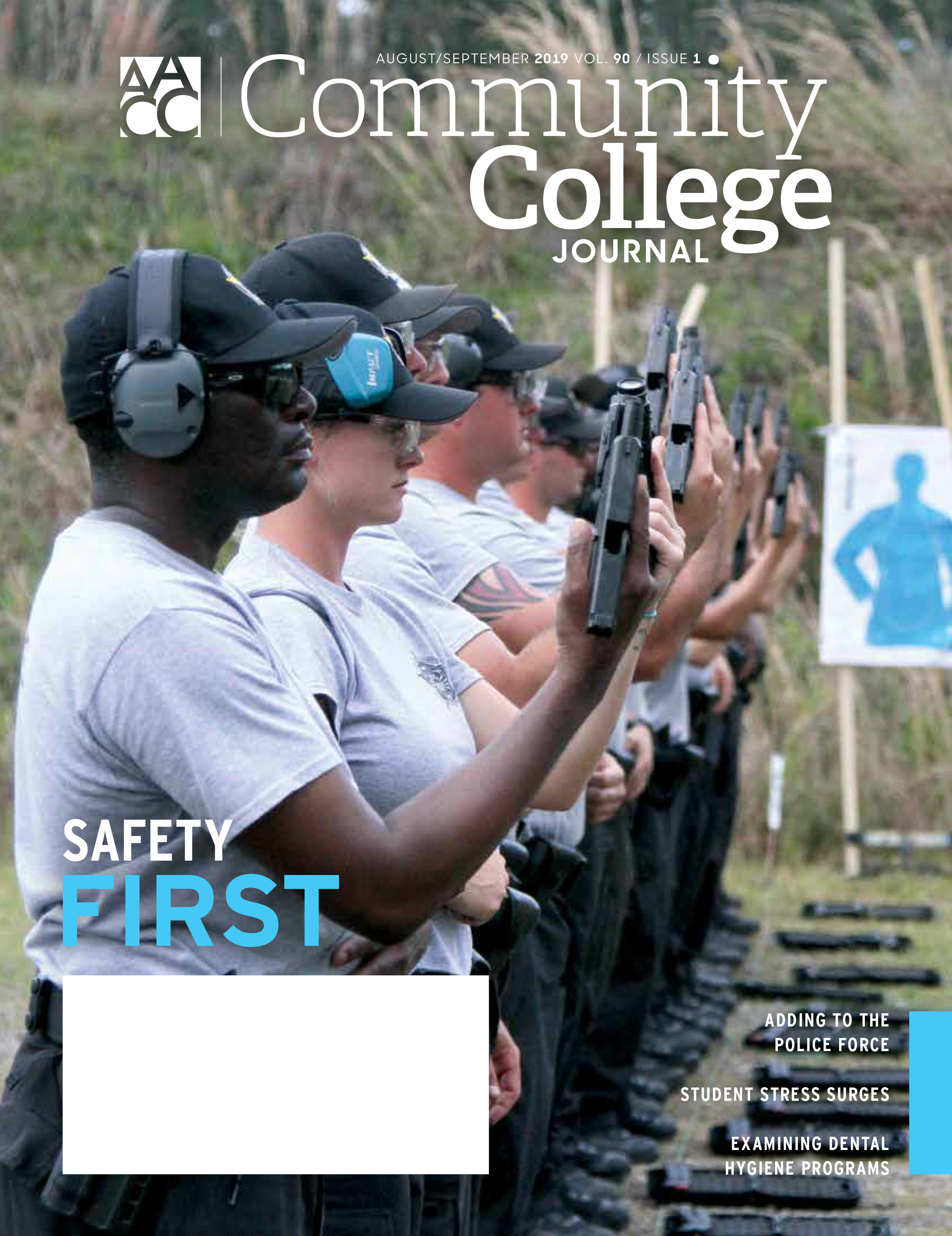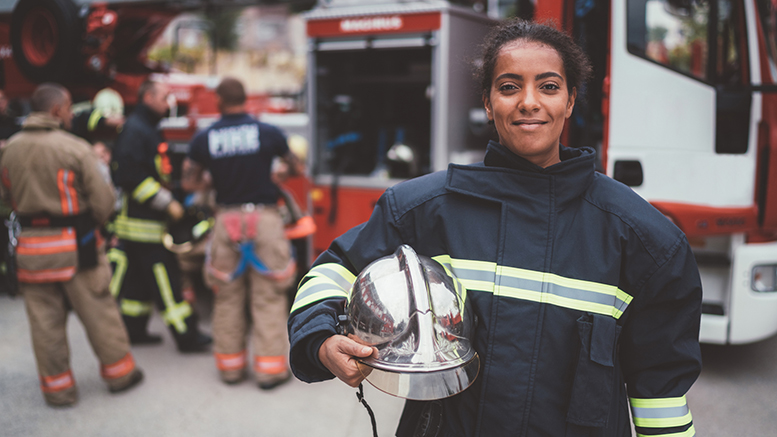The term “first responder” is generally applied to police, firefighters, paramedics and others who are first on the scene of an accident, natural disaster or other cataclysm. We owe an immense debt of gratitude to those who enter professions in which they risk their own safety to come to the aid of others. But let’s examine the term a bit more.
The most essential definition of first responder is exactly what the term implies: one who responds to a need before anyone else.
Editor’s note: This “Board Chair’s Letter” column comes from the new issue of AACC’s Community College Journal, which features articles on first responders, student mental health, dentistry programs and more.
Viewed through that lens, community colleges are the first responders of higher education. We are the frontline in providing pathways to opportunity for those who have historically been underrepresented in higher education, and the first to respond to changing community, industry and employer needs with relevant workforce training.
The work of community colleges in preparing first responders for the organizations and departments that employ them is a case in point. Every year, thousands of new police, firefighters, paramedics and EMTs graduate from public safety academies at community colleges across the U.S., bolstering the rosters of police and fire departments with skilled and qualified professionals.
Serving our communities
Community colleges can fill that need because they’ve made all the necessary investments: hiring experienced instructors, expanding the knowledge base of existing instructors, upgrading technology and constructing new training centers. We recognized the need for qualified public safety professionals in our communities and addressed that need expeditiously, becoming — in a sense — first responders.
Our role as educational first responders isn’t limited to public safety. Throughout our communities, there is an expanding need for qualified employees in a wide range of industries. From health care to STEM, transportation to business, employers need skilled individuals to help their organizations grow and, in turn, to grow their local and regional economies.
Every time a community college commits resources to build a new program or expand an existing one, it acts as a first responder for that field or industry. It’s something we, as the leaders and decision-makers within community colleges, must keep in mind as we allocate resources to best serve our communities.

There’s more in the August/September edition of Community College Journal.
We must also keep in mind the important role we play in changing the face of these professions. This is especially true in the public safety field. Community colleges are uniquely positioned to encourage and develop a diverse public safety workforce that reflects and can relate to the people they are sworn to serve and protect.
This is a critical task within the larger mission of educating public safety professionals. Our efforts to find and educate new police, fire and emergency medical personnel must reach every corner of our communities so that each police precinct, fire station and hospital has a diverse pool of qualified, talented individuals from which to hire.
The plan for addressing these issues begins with a single word: vigilance.
Much as emergency first responders must maintain a 24-hour watch, we as educational first responders must maintain watch over our communities, ensuring that we respond to education and workforce needs with a sense of urgency.





